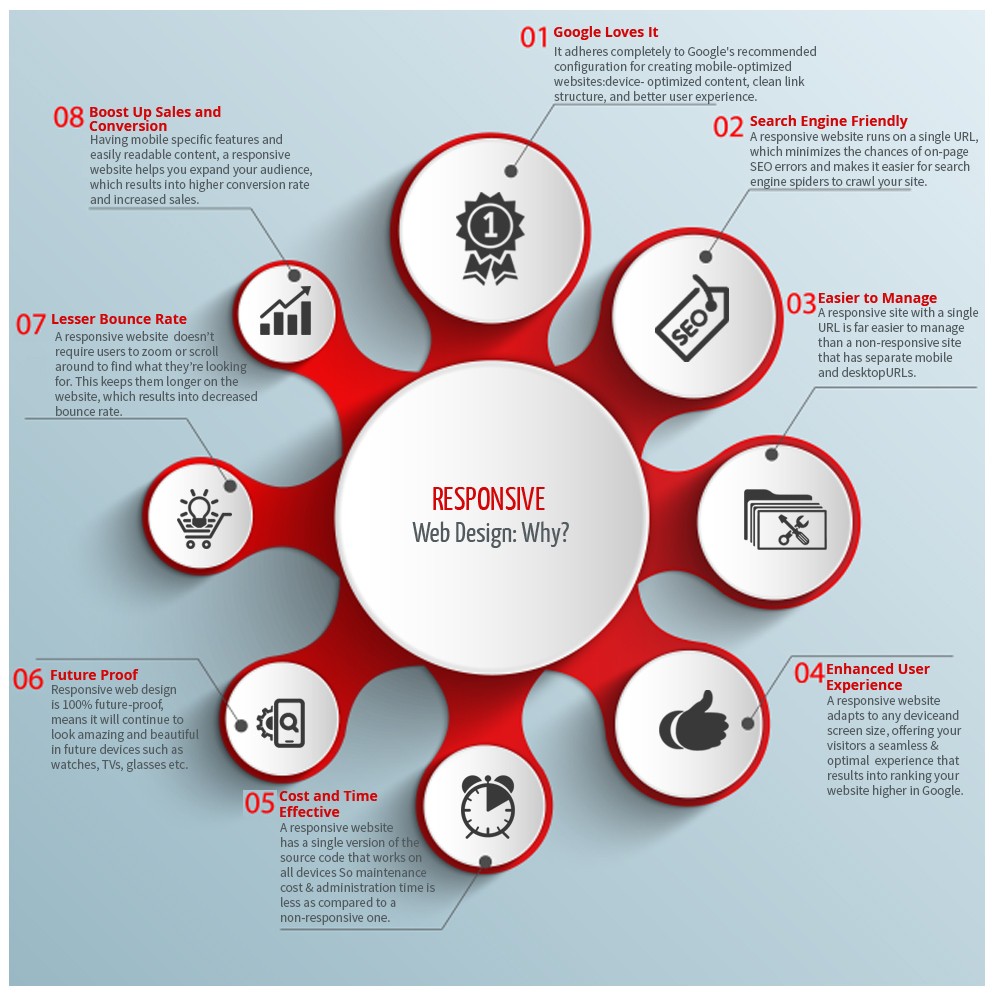Check Out The Key Standards For Improving Your Web Site'S Layout Through Effective Typography Options To Create An Engaging Online Identit
Check Out The Key Standards For Improving Your Web Site'S Layout Through Effective Typography Options To Create An Engaging Online Identit
Blog Article
Content Written By-Leslie Beier
Boost your web design by picking easy-to-read typefaces and suitable dimensions. Choose clear sans-serif or serif typefaces for better readability. Stick to 2-3 fonts for uniformity. Avoid little dimensions that stress the eyes. Focus on simpleness over intricacy. These ideas will certainly assist you create an aesthetically appealing and appealing website easily.
Typography plays a crucial function in website design, and it is essential to understand the very best practices for utilizing font styles properly.
DO:
* Select fonts that are very easy to check out and regular throughout the web site.
* Usage headings and subheadings to create aesthetic power structure and boost readability.
* Usage typeface sizes and line spacing to develop a clear and orderly design.
* Trying out different font style mixes to create an one-of-a-kind and aesthetically appealing style.
DON'T:
* Use a lot of various font styles, as this can develop visual clutter and make the web site appearance amateur.
* Usage fonts that are also luxuriant or illegible, as this can make the material difficult to comprehend.
* Use font dimensions that are as well little or also huge, as this can make the web content difficult to read or visually frustrating.
* neglect to inspect the web site's typography throughout various devices and display sizes, as this can impact the layout and readability of the material.
Relevance of Typography in Website Design
Typography plays a vital function in web design by enhancing readability, aesthetic appeal, and overall individual experience. When made use of efficiently, typography can convey the tone and message of your material, making it easier for individuals to involve with your website. Picking the right typefaces, dimensions, spacing, and colors can substantially influence exactly how site visitors perceive and engage with your website.
The readability of your website is straight connected to the typography options you make. Selecting understandable typefaces and proper typeface sizes guarantees that customers can conveniently eat the information on your web pages without stressing their eyes. Furthermore, proper spacing between lines and paragraphs can boost understanding and guide individuals with the material flawlessly.
Moreover, typography adds to the aesthetic charm of your site. By creating an unified combination of fonts and shades, you can develop a cohesive layout that captivates individuals. Regular typography across different areas of your site likewise aids in preserving an expert and sleek appearance, boosting the total user experience.
Dos of Typography
To improve the readability and aesthetic appeal of your web site, make sure that you choose font styles that are very easy to review and suitably sized. Choose typefaces that are clear and readable, such as sans-serif or serif font styles, which are typically made use of for body text. Sans-serif typefaces like Arial or Helvetica function well for digital displays, providing a contemporary and clean look. On the other hand, serif typefaces like Times New Roman or Georgia can include a touch of elegance and tradition to your web site.
One more important aspect to consider is font sizing. Ensure your message is huge enough to be read pleasantly without straining the eyes. Choose a font style size of at least 16px for body text to make certain readability. In addition, utilize various font style dimensions to produce an aesthetic hierarchy on your internet site. Headings and subheadings need to be bigger and bolder than the body message, directing the reader through the web content effortlessly.
Donts of Typography
Avoid making use of a too much range of fonts in your web design to maintain uniformity and readability for your audience. When it concerns typography, less is typically a lot more.
Below are some key 'Do n'ts' to bear in mind:
1. ** Stay clear of making use of too many various fonts **: Restriction yourself to 2-3 font styles for your whole web site. Making https://smallbiztrends.com/2022/02/improving-blog-seo.html of much more can make your style look messy and unprofessional.
2. ** Do not use font styles that are difficult to read **: Fancy or excessively ornamental fonts might look enticing, however if they sacrifice readability, they aren't worth it. Stay with font styles that are easy on the eyes.
3. ** Stay away from utilizing little typeface sizes **: Small text may seem sleek, but if it's too tiny, it can strain your site visitors' eyes. Make certain your message is large enough to check out conveniently on all devices.
https://www.google.com/maps/place/Moon+and+Owl+Marketing/@32.9757271,-106.5344695,1840583m/data=!3m1!1e3!4m6!3m5!1s0x864ddeaa4179705b:0x488d41d2cc6b9750!8m2!3d32.9757271!4d-97.5696258!16s%2Fg%2F11b6mpccrg?entry=ttu&g_ep=EgoyMDI1MDIxMS4wIKXMDSoJLDEwMjExNDUzSAFQAw%3D%3D , remember, when it concerns typography in web design,
do pick typefaces wisely, maintain it easy, and focus on readability.
Yet don't go overboard with a lot of font designs, dimensions, or colors.
Besides, the trick to excellent design is typically discovered in the simplicity of typography.
So, following time you're working with an internet site, bear in mind that often less is a lot more - even when it comes to font styles.
